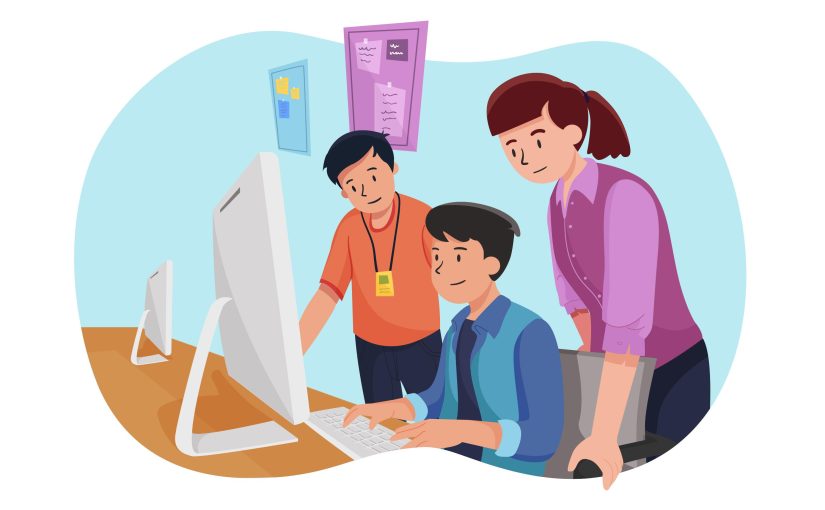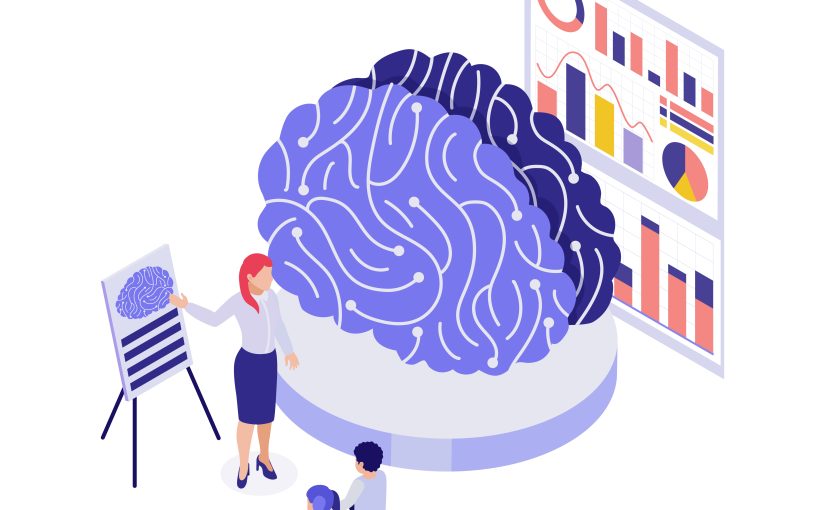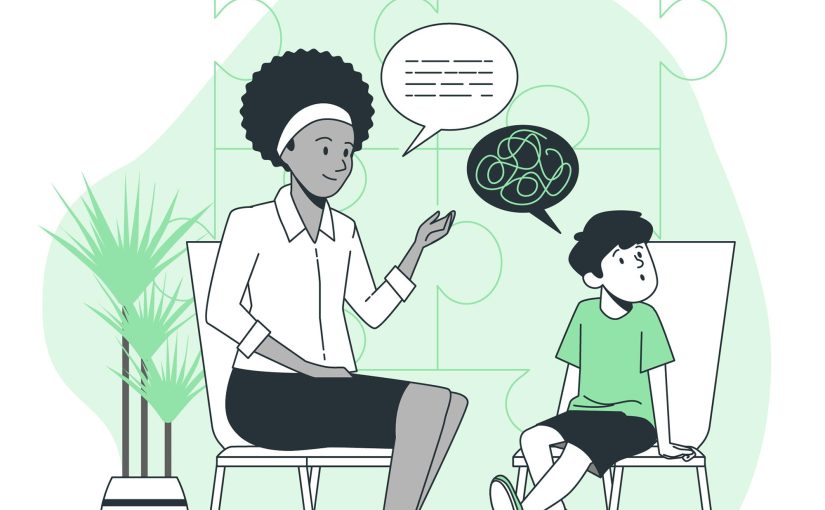 ABA Courses
ABA Courses Behavioral Therapy for Autism
Behavioral Therapy for Autism Developmental Delay
Developmental Delay Neuro developmental Therapy
Neuro developmental Therapy Down Syndrome Therapy
Down Syndrome Therapy Autism Screening
Autism Screening Vocational Training
Vocational TrainingSensory Integration (SI) therapy uses play activities in ways designed to improve how the brain reacts to touch, sound, sight and movement.

Sensory processing is a psychological term used to describe how one experiences, interprets, and reacts to the plethora of sensations that come from the body, the environment and interaction between the two. For example: getting dressed, eating and even socializing can all be affected by sensory processing or rather how one processes sensory information. In essence, it's all about what your senses are telling you, which in turn tells your brain how to respond. This is an important ability as humans because we need to do things on a daily basis like dressing ourselves or interacting with other people..
For most of us, sensory integration develops when we are young, during our first years of life as part of normal development. We might have developed it through sensory exploration such as rolling in grass, crawling up stairs and walking on a sandy beach; others may need more support to reach the same milestones in sensory integration.
Children and adults who have autism may experience behavioral challenges as a result of the child having some kind of sensory issue. For example; their brain might be misinterpreting normal sensations from the world around them.
The most recognized signs showing that a person may have this problem are when they repeatedly rock, spin, or flap their hands. This happens because a child's brain processes sights, smells, sounds and textures differently than what less susceptible people might process. Challenging behaviors in children with autism can make it really hard for parents and family members to deal with - but if you know what you're dealing with then hopefully it will make things easier on the whole family.
Although the senses are located in the peripheral nervous system, which includes everything but the brain and spinal cord, according to current beliefs it seems that there may be an issue stemming from neurological dysfunction in the central nervous system, more specifically the brain.
Children with Sensory Processing Disorder (SPD) have difficulty interpreting the information that comes in with their five senses. Therefore, they have a more difficult time making sense of touch, sound and sight. For example, some children with autism need calming things while other children don't care if they're in real life or virtual reality format as long as they get to experience simulated touching. Asperger's Syndrome is when someone feels "bombarded" by social interactions and struggles to pick up on subtle cues from others which helps them figure out how to socially interact through verbal language or non-verbal ways such as facial expressions/gestures.
Sensory integration therapy, also known as the "Sensory Diet" is an occupational therapy technique used to reduce extreme behaviors caused by a sensory processing disorder that affect four out of five children in one form or another. This type of therapy may be able to help correct emotional and behavioral problems such as ADD/ADHD, anxiety, Autism spectrum disorders, and even aggression.
Furthermore it can improve academic performance due to improved focus and socialization. If a child demonstrates these signs at home this is something you should speak to your healthcare professional about.
The sensory integration therapy begins with an examination of the child and then develops a program specifically focused on both balance and overall physical movement as well as incorporating specific forms of physical stimulation for the child. For example, a therapist might recommend things involving swinging, bouncing or climbing - which are commonly used to stimulate children during this kind of therapy.
Sensory Integration Therapy has been scientifically proven to work for autistic children. More and more people are discovering this therapy works well for them. This kind of therapy has been responsible for improving the lives of many autistics by allowing them to hone in on their senses.
The theory of sensory integration therapy was developed by occupational therapist Anna Jean Ayres. The theory proposes that the development of sensory integration occurs at three levels - tactile, vestibular, and proprioceptive.
The body uses a number of systems in order to sense the things happening around it. It uses the tactile system which consists of sensory receptors that detect light, touch, pain, and pressure. These are important for us to be able to perceive and understand our environment.
The vestibular system is located in the inner ear and this helps you understand changes in your body position or movement via motion detection each time you move your muscles.
Finally, the proprioceptive system allows us to activate control of our body subconsciously at any given moment – you are able to do separate tasks as well as finish moving upon sensing changes due to your muscles contracting and lengthening with just a thought.
Tactile sensations: When a child's tactile system is affected, he or she might respond by withdrawing from any form of physical contact, refusing to eat textured food, avoiding touching sand or paint, and/or avoiding certain types of clothing. This will be addressed in sensory integration therapy.
The vestibular system: Typically kids that are affected in this way are labeled as “clumsy” when the real problem could very well be something else entirely, on the other hand if a child is hypo-sensitive to vestibular stimulation fluctuations in his/her body can easily create feelings of aggression by pulling hair or pinching people around them often unaware of just how badly they’re affecting others without realizing it. This will be addressed in sensory integration therapy.
The proprioceptive system: Children with weak proprioceptive systems find it difficult to manipulate small objects and stand, walk, or sit. This will be addressed in sensory integration therapy.
The evidence indicates that sensory integration therapy is effective for children with autism who have trouble regulating their senses. Parents looking to learn more should speak with a qualified occupational therapist (O.T.) currently trained in this practice if their child struggles with how he or she receives, interprets or absorbs information from the senses of sight, hearing, smell, taste and touch.
Copyright © 2023 all right reserved.